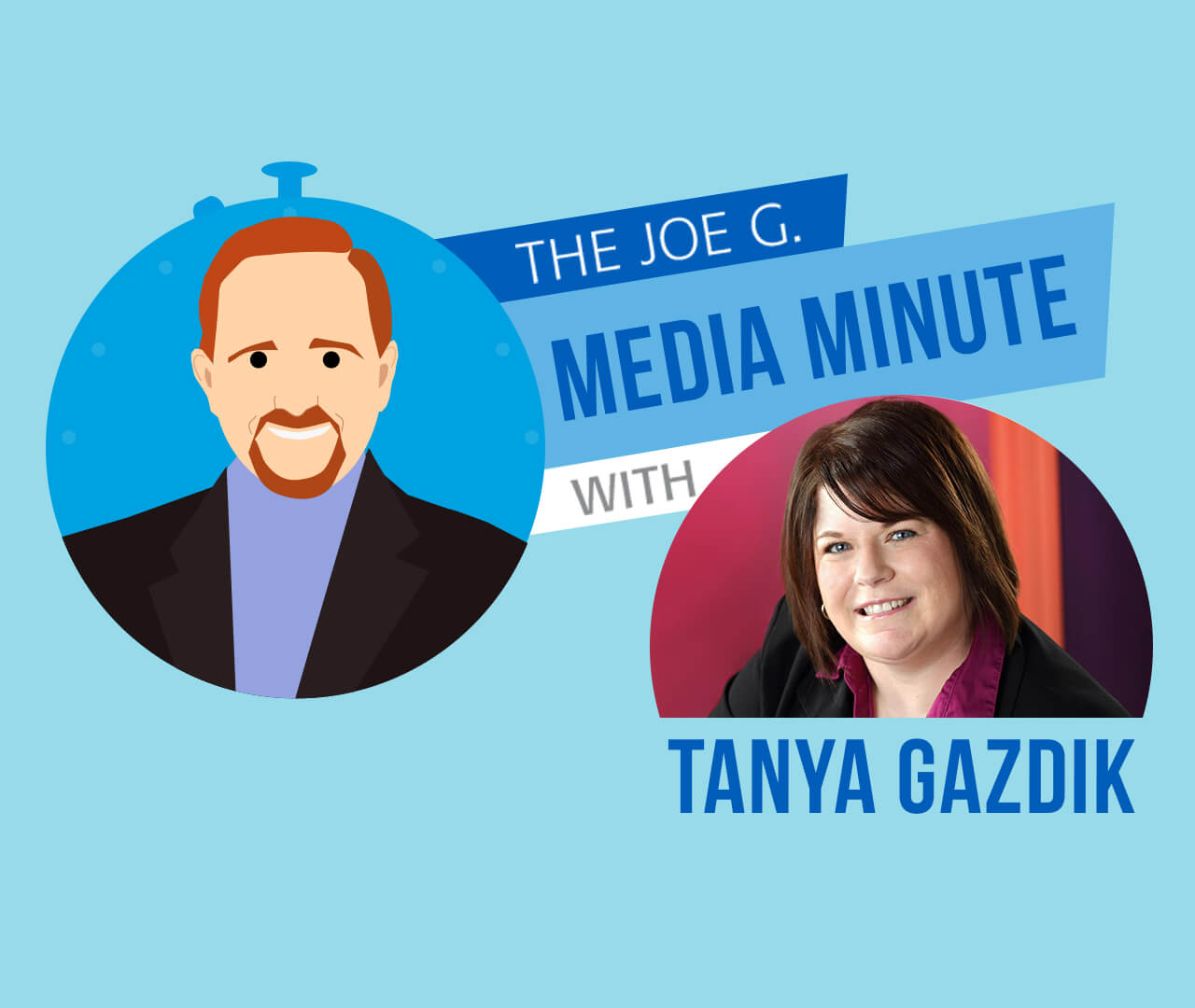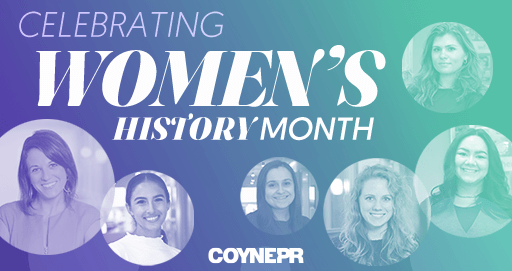Senior reporter Tanya Gazdik covers automotive, sports, entertainment and pets for MediaPost’s “Marketing Daily.” She began her career with the Associated Press and previously served as the deputy editor of MediaPost, animal welfare reporter at “The (Toledo) Blade,” Detroit bureau chief of “Adweek” and associate editor at “Ward’s Automotive Reports” and “Ward’s AutoWorld.”
Tell us more about your day to day as a journalist?
A large portion of my day is spent dealing with story pitches from PR people via email. I try to keep track of what my competitors have written so I don’t duplicate it. I also am heavily involved in planning two automotive marketing conferences for MediaPost that run during the New York and Los Angeles auto shows.
What are some of your daily challenges in developing a story?
Timelines are a big one. I prefer to write about campaigns before they break or just as they are breaking and events before they happen. I get some great pitches, but if they are not timely, I can’t do anything with them.
What information is essential for you to consider a ‘pitch’ from a PR professional?
It’s imperative that I have the basics, the “who, what, when, why and how” for every story. I am fine with getting quotes from an executive via email, but I need to be able to quote an executive, I can’t quote PR folks. I will sometimes use “canned” quotes from a press release, but only if they sound authentic and conversational and not like they were written by a PR person.
Has the era of ‘fake news’ changed how you approach a story?
Not really. There has always been “spin” in every industry I have covered for as long as I’ve been doing this. I take out all superlatives and proclamations out of habit. I know you might think it’s the “most” or the “best” but that’s hard to quantify. Working at the Associated Press taught me to ignore those, as well as how to write tight and fast. It was a great training ground.
How important is a pitch topic including ‘real data’ from a PR professional?
Thorough and timely data is often of great interest to my readers. I just did a story about Dodge being the most loved brand on Facebook. The pitch was actually from a research company that measured all the “loves” the different auto brands had gotten over the course of a year. It was a well-received story.
What other assets can a PR professional provide to help with your story?
Photos are always great and asking what size and orientation shows a degree of attentiveness I don’t often see in PR folks. If you read MediaPost, you know all our photos are horizontal. I can usually crop, but not always. I’ve had to take a few inches off the top of a person’s head in a photo to make it work, unfortunately.
I’m fine with embargoes, but of course I’d rather have a scoop.
In your opinion, what can PR professionals do better?
It seems like young PR folks are thinking quantity over quality these days — they pitch everyone they can without considering who covers which beat or even if the pitch is appropriate to the publication they are pitching. Taking the time to get to know the beats of the reporters and the subject matter of the publications garners a lot of respect in my book. I get some crazy pitches daily from folks who I know have not spent 30 seconds looking at MediaPost.com or any of my stories but are blindly sending to all reporters they possibly can. The PR folks who don’t waste my time (as well as their own) with inappropriate pitches are the ones who I actually respond to, even if it’s a pass.




